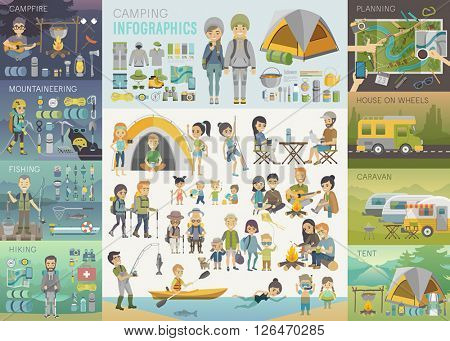When you prepare your outdoor camping trip, you most likely consider what climate condition to expect and what temperature-appropriate garments to pack. Yet do you also prepare for means to stay great in the extreme sun?
Having ample shade at the campground is an essential addition to any outdoor camping experience. Luckily, there are various DIY outdoor camping shade options that can aid.
Tarp Awnings
Whether you want to secure backyard picnic tables or develop a youngsters' play corner, this no-tools tarp arrangement offers you quick color without additional cost. It's additionally versatile, so you can move it or resize it as required.
Get a canvas ground cloth with grommets in the corners at a home center or outside supply store. If you favor a tarp, look for one that's durable and UV-resistant to keep it from fading in the sunlight.
Drill openings near each edge of the ground cloth where you wish to anchor it to the wall surface using steel screw eyes or hooks. Run cord or rope via each hole, after that connect it around the tarpaulin and the screw eyes or hooks.
Tie the continuing to be corners at reduced points to create a slope for air movement and water overflow in case it rains. If winds are strong, draw cords limited and add ground risks to prevent the tarpaulin from flapping.
Coastline Umbrellas
When you're planning for a day at the coastline, sun security is vital. A beach umbrella allows you craft a comfortable sanctuary with the perfect quantity of color for your household or singular retreat. Pick a lightweight shade that will certainly show UV rays and maintain you cool and secured, or pick a darker cover that is crafted with a sun-protective product for optimal insurance coverage. Add a sprinkle of design with a striped or flower color, or elevate your coastline escape with a tiki-style bamboo and palm thatch umbrella. For included convenience, select a coastline umbrella tent hybrid with an easy-to-position satchel structure that keeps you unwinded all day.
Mylar Blankets
Normally constructed from foil-like materials such as Mylar, these coverings are generally used as emergency thermal insulation, mirroring body heat back to the wearer throughout winter. They also work as tarpaulins, shielding equipment from rain and sunlight, and can be developed into makeshift shelters during outdoor camping journeys.
The lightness and compactness of Mylar tarpaulins make them very easy to carry as well as store. Nonetheless, it is essential to very carefully fold them after each usage in order to prevent sharp creases from deteriorating the product. Moreover, they should be kept in a great and dry place to prevent the threat of mold and mildew or mold.
One camper that uses a Mylar tarp to produce color with his outdoor tents describes exactly how he establishes the covering by expanding it from the poles on the outside of his trailer and connecting it to the fly. He after that safeguards it firmly with ropes and weights along the edges. He adds that the outcome is a strong and reliable shelter that provides defense versus rain, wind and snow.
